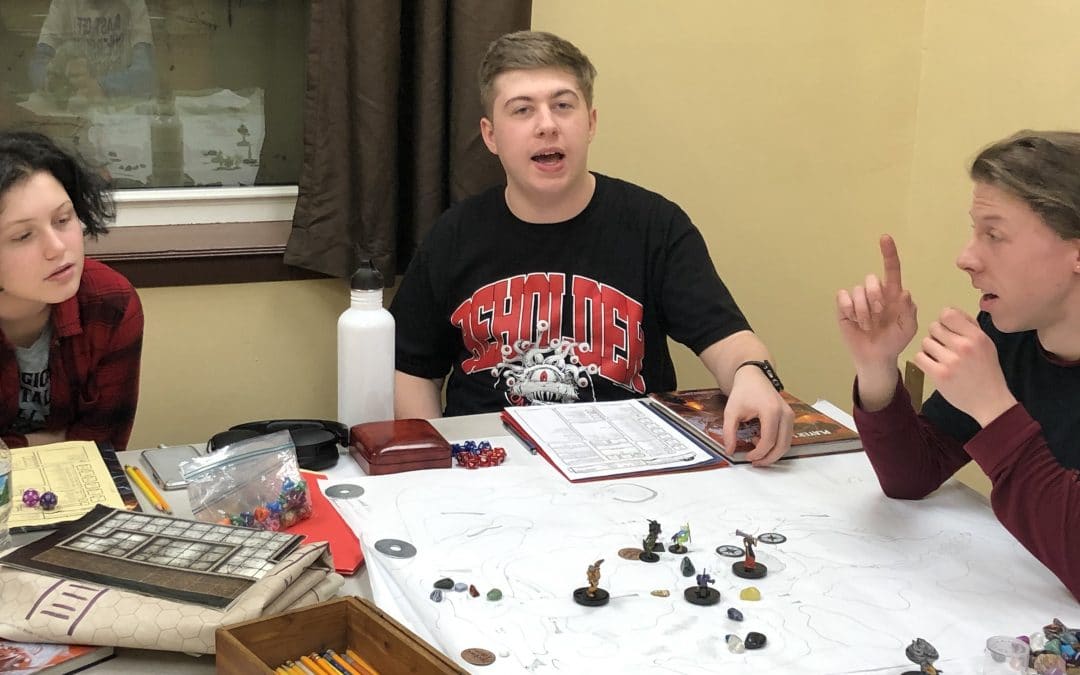A Roleplaying Game (RPG) is a type of game in which players assume the roles of characters in a fictional (or reality-based) setting. These games typically involve a group of players, who work together to create a shared narrative and make decisions based on the characters they are playing. RPGs have grown in both style and popularity over the years and can be found in a wide variety of industries as a useful tool beyond just entertainment.
RPGs originated from tabletop games in the 1970s with one of the most famous being Dungeons & Dragons. They have since evolved to include various other forms such as video games, live-action role-playing games (LARPs), and online role-playing games (RPGs).
In a traditional tabletop RPG, players each take on the role of a character in a fantasy, modern day, or science fiction setting, and work together to complete a series of quests or missions. The game is usually led by a game manager (GM), who is responsible for creating the world and the NPCs (non-player characters) that the players interact with.
The GM sets the scene and presents the players with challenges, while the players make decisions based on their characters’ abilities and motivations. The game is essentially a collaborative storytelling experience, with players working together to create a narrative and solve problems.
Video games RPGs are similar to traditional tabletop RPGs, but are played on a computer or video game console. These games often involve a single player taking on the role of a character and working through a series of quests or missions to advance the story.
LARPs involve a group of players physically acting out their characters in a real-world setting. The players will often wear costumes and use props to help them get into the character and the setting (depending on the theme and game mechanics).
Online RPGs allow players to interact with others over the internet, using text or voice chat to communicate. These games can be played on a computer or mobile device, and are a popular form of RPG for those who may not have access to a physical group of players.
RPGs can be used in educational settings, training sessions, and simulations. Their interactive and improvisational game mechanics make them a useful tool for a variety of purposes including nonviolent communication exercises, social-emotional learning, cultural-based learning, and more. Because RPGs can be emotionally immersive, GMs may want to consider a debrief time and, in the case of LARPs, rigorous safety rules.
As more research is conducted over time, the effectiveness of RPGs in learning is being explored and expanded. Their significance reaches far beyond simple entertainment and has become an integral part of a growing number of industries.
But they are also just plain fun.
—————–
Guardian Adventures provide consulting and licensing of educational adventures, including a free LARP and cultural programs, for summer camps, amusement & attraction industries, and more.










